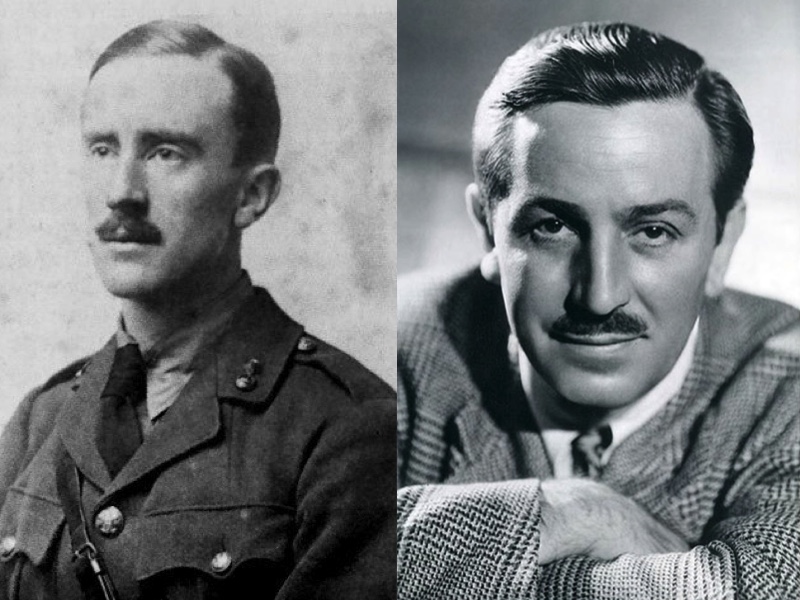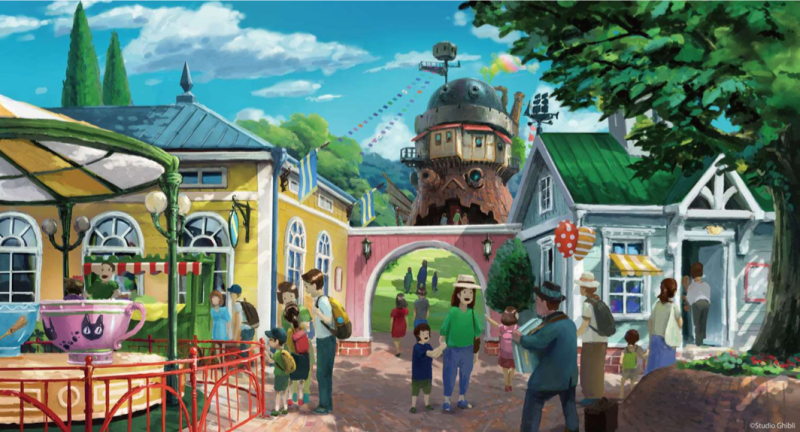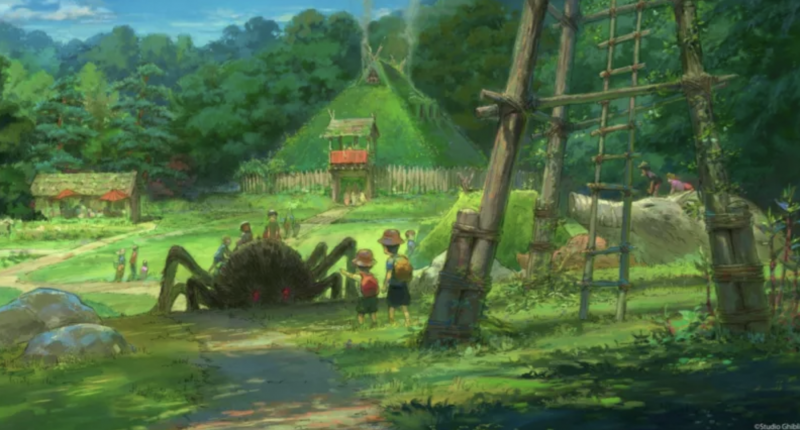“Every day a word surprises me,” famed neurologist Oliver Sacks once told Bill Hayes, with whom he spent the final six years of his life. The comment came “apropos of nothing other than that a word had suddenly popped into his head,” writes Hayes in a recent New York Times piece on Sacks’ love of language. “Often this happened while swimming — ‘ideas and paragraphs’ would develop as he backstroked, after which he’d rush to the dock or pool’s edge to get the words down on paper — as Dempsey Rice has captured in an enchanting forthcoming film, The Animated Mind of Oliver Sacks.” You can get a glimpse of that film, and its portrayal of Sacks’ habit of getting ideas while swimming, in the trailer above.
“In 1982 I wrote a section of A Leg to Stand On” — his memoir of his experience recovering from a mountaineering accident that left him without awareness of his left leg — “by a lake.” We watch his animated form making its way across the water in cap and speedo, a wake of words trailing behind them.
After the swim, “dripping, I would write.” We then see James Silberman, then president and editor at Summit Books, reading Sacks’ handwritten, still-soggy manuscript. The sogginess might be artistic license, but the handwritten-ness wasn’t: Silberman “wrote me back saying, did I think this was the 19th century? No one has sent him a manuscript for thirty years. And besides, this one looked like it had been dropped in the bath.”
So maybe the animators didn’t get quite as creative drawing those pages as it might seem, but they still must have had to get creative indeed to keep up with Sacks himself, a decade of whose conversations with Rice provide the film’s narration. “Oliver saw his patients as whole people, rather than isolated disorders,” she says by way of explaining what made Sacks’ books, like Awakenings, The Man Who Mistook His Wife for a Hat, and many more besides, so resonant with readers the world over. “He wasn’t afraid to openly inquire of the patient with autism or amnesia, ‘What is it like to be you?’ ” The Animated Mind of Oliver Sacks finished a successful Kickstarter campaign in July, but you can still donate and keep up with release details at its official site. As a viewing experience, it should confirm what readers have long suspected: though they come for a look into the unusual minds of Oliver Sacks’ patients, they stay to inhabit the even more unusual mind of Oliver Sacks.
Related Content:
A Fascinating Case Study by Oliver Sacks Inspires a Short Animated Film, The Lost Mariner
This is What Oliver Sacks Learned on LSD and Amphetamines
Oliver Sacks’ Final Interview: A First Look
Based in Seoul, Colin Marshall writes and broadcasts on cities and culture. His projects include the book The Stateless City: a Walk through 21st-Century Los Angeles and the video series The City in Cinema. Follow him on Twitter at @colinmarshall or on Facebook.







